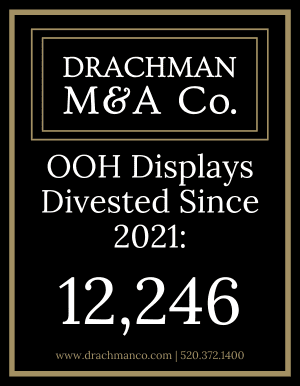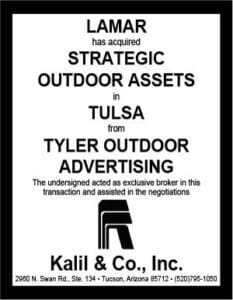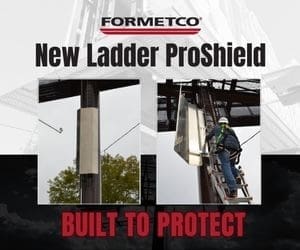
The Texas Court of Appeals, for the Thirteen District in Corpus Christi, decided a very important condemnation case on billboard leasehold compensation on November 16, 2023. Rothfelder & Falick partners Mike Falick and Chris Rothfelder handled the case for KEM Outdoor, a Texas billboard operator, at the trial and appellate levels. In State vs KEM Outdoor, the appellate court affirmed the trial court ruling in favor of KEM, holding that “a lessee is entitled to receive compensation for the difference, if any, between the market rental and the contract rental.” Further, this “lessee’s bonus value” can be determined under the traditional “direct income capitalization approach” by examining the advertising revenue generated by the billboard as an indicator of market ground rental. Thus, the case makes a critical distinction and clarification from the 2015 decision by the Texas Supreme Court in State vs Clear Channel Outdoor that billboard advertising revenue is not to be considered in awarding condemnation compensation for the billboard structure itself.
In the KEM case, like many in Texas, the billboard owner agreed with the State on the compensation owed for the condemnation of the billboard structure that had to be removed to accommodate the State’s highway project. That compensation, by the way, was paid under the Clear Channel case pursuant to the cost approach, i.e., the cost new less depreciation for the structure, as the Supreme Court held “income from a business operated on the property is not recoverable and should not be included in a condemnation award because profits from a business are speculative , and because the business itself has not been taken and can presumably continue to operate at another location.”
After the settlement on the billboard structure, KEM and the State proceeded to trial on the remaining issue of the value of KEM’s leasehold that was terminated upon the removal of its billboard. Both the State and KEM agreed that the compensation for the leasehold, unlike that for the structure itself, should be determined under the income approach. Under this approach, universally used to appraise income producing property like apartments, office buildings, storage units, and the many other real property interests that generate rents, the appraiser determines market rent for the condemned property, deducts minimal amounts for collection and expenses to determine net operating income (NOI), and divides the sum by a capitalization rate. Further, if the billboard owner/tenant under the lease is paying below market, he is entitled to be compensated in eminent domain for his advantage or benefit of the bargain, known as the “lessee’s bonus value.” For example, if the market rent for a sign site was $10,000, with 1% for collection and expenses, resulting in NOI of $9,900, divided by a 6% cap rate would equal a total sign site or leasehold value of $165,000, to be shared by the billboard owner/tenant and his landlord. But, if the tenant enjoyed a below market lease, say only paying $8,000 compared to the $10,000 market rent, he enjoys an annual bonus of $2,000, and when reduced by the same 1% for collection and expenses, and then divided by the same 6% cap, the lessee’s bonus value becomes $33,000.
This market rent is generally determined for most rental property by evaluation of comparable leases in the vicinity of the condemned leasehold. Of course, sign sites are rare and limited by state and local regulations, and billboard operators generally keep their rental rates and other information about their leases strictly confidential, so an appraiser has a very difficult time determining a fair market rent. Consequently, the appraiser for KEM determined market rent for the condemned sign site by calculating a percentage of the advertising revenue generated by the condemned billboard, just like a billboard owner would in evaluating rent and his other expenses compared to billboard ad revenue in his business plan. The State objected to this testimony, arguing it violated the prohibition announced in the Clear Channel case on use of ad revenue to value the billboard structure. The Court of Appeals in the KEM case disagreed, holding “here, KEM’s experts took into account the rents the owner could command in such a desirable location to determine the value of the property. The discussion around advertising revenue was to determine an appropriate rental amount for the property, not as the basis for the fair market value for the property taken. Accordingly, admission of the testimony did not violate the holdings of Clear Channel.”
This was a nice victory for the good guys, but the State is appealing, so stay tuned for further developments.
To receive a free morning newsletter with each day’s Billboard insider articles email info@billboardinsider.com with the word “Subscribe” in the title. Our newsletter is free and we don’t sell our subscriber list.
Paid Advertisement


















Congratulations. It is a very clever approach to determining bonus value for a billboard lease.